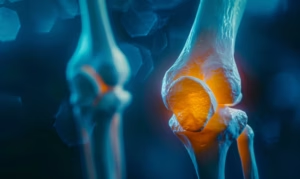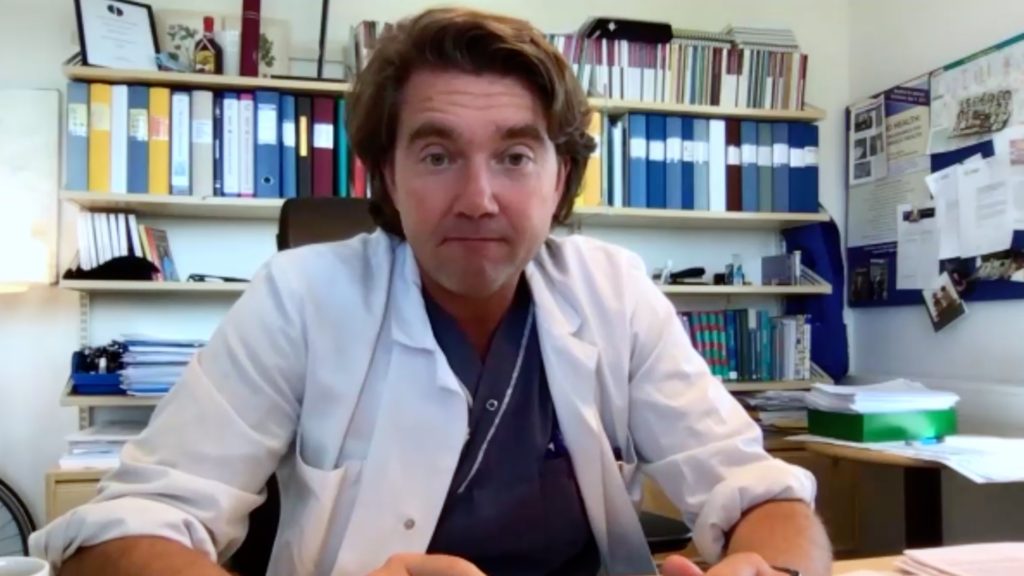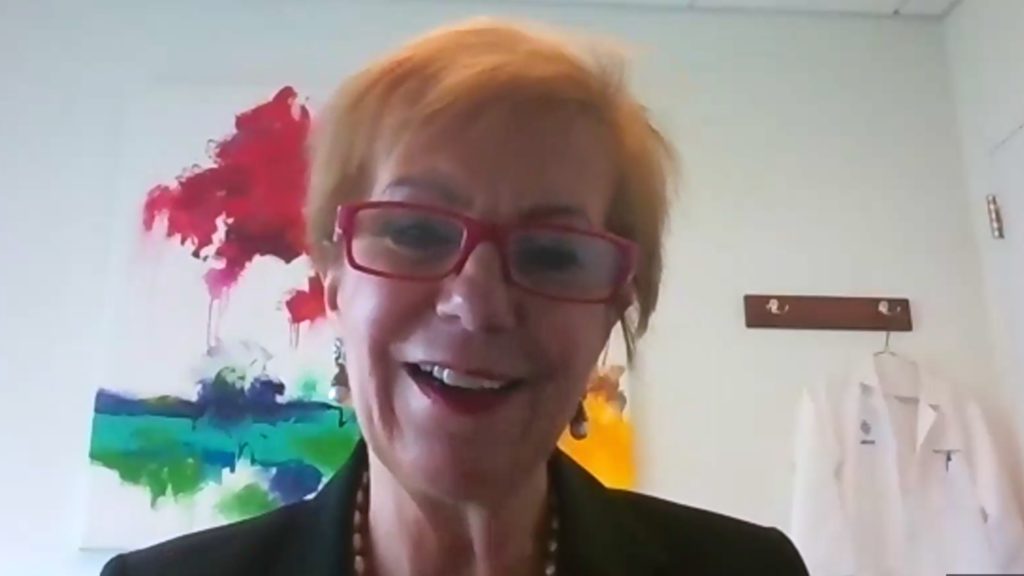 Bone turnover markers (BTMs) are biochemical indicators of bone remodeling that reflect the rates of bone formation and resorption.1 In osteoporosis, they offer potential clinical value in assessing disease activity and monitoring treatment response. To enhance consistency and clinical utility, the International Osteoporosis Foundation (IOF) and International Federation of Clinical Chemistry (IFCC) published a 2011 position paper recommending the use of serum C-terminal telopeptide of type I collagen (s-CTX) and serum procollagen type I N propeptide (s-PINP) as reference markers.2 Recent consensus statements have further defined their standardized use, supporting their integration into routine clinical practice.
Bone turnover markers (BTMs) are biochemical indicators of bone remodeling that reflect the rates of bone formation and resorption.1 In osteoporosis, they offer potential clinical value in assessing disease activity and monitoring treatment response. To enhance consistency and clinical utility, the International Osteoporosis Foundation (IOF) and International Federation of Clinical Chemistry (IFCC) published a 2011 position paper recommending the use of serum C-terminal telopeptide of type I collagen (s-CTX) and serum procollagen type I N propeptide (s-PINP) as reference markers.2 Recent consensus statements have further defined their standardized use, supporting their integration into routine clinical practice.
“What do bone turnover markers bring to the clinician, in the screening, diagnosis and monitoring of osteoporosis in 2025?” was presented at this year’s World Congress on Osteoporosis, Osteoarthritis and Musculoskeletal Diseases (WCO-IOF-ESCEO; 10–13 April, 2025; Rome, Italy).3 In this interview, we speak with Dr. Stuart Silverman (Clinical Professor of Medicine and Rheumatology, Cedars-Sinai Medical Center, Los Angeles, CA, USA) around the consensus statements that standardised BTMs, the current clinical utility of BTMs in osteoporosis assessment and management, and the potential applications of BTMs in the future of osteoporosis clinical practice.
Q. How are BTMs currently used in routine osteoporosis assessment and management?
Bone turnover markers are available to clinicians; however, they’re not used by all clinicians. Some of them do not realize how they can be used. They’re probably more beneficial for someone who’s managing patients with osteoporosis rather than someone who does not manage patients with osteoporosis as a specialty. Bone markers assess the bone turnover, which can be very low – indicating that the medicine is preventing bone loss. Alternatively, it could be increased if there is rapid bone loss or if there’s rapid turnover leading to brand new bone, such as with an anabolic. Bone markers can be helpful for adherence and making clinical decisions about whether we start, restart, or stop a given medication.
Q. What is the clinical utility of BTMs in predicting fracture risk and monitoring osteoporosis treatment, and what are their limitations?
We don’t diagnose osteoporosis based on bone markers. Bone markers are adjunct and they help us. For example, if someone has an osteoporosis fracture risk that is very close to treatment threshold by FRAX®, and if bone turnover is high, we may then consider treating the patient even though they’re slightly below treatment threshold. So they can be helpful as an adjunct, but alone, no we do not use them to judge fracture risk at this moment.
Q. Could you provide an overview of the reference BTMs defined by the 2011 IOF-IFCC position paper?
Historically, going back several years ago, I was part of an IOF-IFCC initiative, which suggested that the bone markers that we should be using most commonly should be s-CTX for bone resorption and s-PINP for bone formation.2 We wanted to have two standard markers that would be used in all studies, so that they could be comparable. Previously, there had been a long list of different bone markers, serum NTX, serum urine, etc., but we wanted to narrow the field, so we could get more experience and understand how better to use them.
Q. What was the aim of the recent ESCEO/IOF/IFCC joint consensus statement on BTMs for osteoporosis?
The recent statement was to illustrate the next step; once we’ve identified which markers we want to keep as our standard markers, s-CTX and s-PINP, once we’ve developed reference ranges, how do we use them?1 Part of my recent presentation was focused on clinical utility; how we can potentially use these markers going forward into the future, how they can be a valuable part of our diagnostic armamentarium for patients with osteoporosis.
Q. What were the findings and how will they impact clinical practice?
In my presentation, I outlined a variety of common uses that I felt clinicians could take advantage of, for example, one could monitor an antiresorptive. Diaz Perez at IOF suggested that if a patient’s bone markers haven’t decreased after starting oral bisphosphonate, it could mean that the patient’s not absorbing the medicine or more likely not taking it.4
We monitor anabolic therapies, such as abaloparatide and teriparatide; the duration of response for anabolics varies individual to individual. So for some individuals, the anabolic may be working for 18 months, some for 24, some for 36, and, actually, these are self-injections, often daily. It’s helpful to the clinician and the patient to know if the medicine is still working or not working and if it’s not working, there’s no reason to continue it.
We also look at how frequently we should be giving zoledronic acid to our patients? In the clinical trials, it was given every twelve months, but we know from patients with osteopenia or Paget’s disease that IV zoledronic acid can have lingering effects for up to 23 to 24 months. So, with my patients, I will measure bone markers to know when we start again, and when we do, that’s an IV bisphosphonate, but also oral bisphosphonates.
We typically, after three to five years under oral bisphosphonate, may take a holiday for a period of time. The question is, when do we resume? The late duration of the holiday varies individual to individual and bisphosphonate to bisphosphonate, with alendronate having a longer, more sustained effect on holiday than risedronate and ibandronate. This is helpful to the clinician to know, once you start the holiday, when do you need to resume?
The concept of holiday is also terribly important with denosumab. When you stop denosumab, you can rapidly lose all that you’ve gained. So, it’s really important if you need to stop denosumab, you know you’re going to lose bone. You can use bone markers to help adjust the therapies you’re using to prevent bone loss, such as IV zoledronic acid. So, I might measure bone markers initially after three months with IV zoledronic acid and if it looks like there is escape, I might do a second IV zoledronic acid at three months and then at six months, I check again. Occasionally, there is a small minority, less than ten percent of patients, who after being on denosumab for five years or more, the IV zoledronic acid does not stop bone loss, and I have to discuss with the patient possibly resuming the denosumab. So it can be extremely helpful.
Bone markers are also helpful in patients who show a high elevated bone marker, suggesting something else is going on. Once or twice a year, I pick up a multiple myeloma. I can also pick up and see whether someone who’s taking an aromatase inhibitor for breast cancer, whether their medicine is preventing bone loss or not. Bone markers can be very helpful to the clinician.
References
- Bhattoa HP, Vasikaran S, Trifonidi I, et al. Update on the role of bone turnover markers in the diagnosis and management of osteoporosis: a consensus paper from The European Society for Clinical and Economic Aspects of Osteoporosis, Osteoarthritis and Musculoskeletal Diseases (ESCEO), International Osteoporosis Foundation (IOF), and International Federation of Clinical Chemistry and Laboratory Medicine (IFCC). Osteoporos Int. 2025. Doi: 10.1007/s00198-025-07422-3
- Vasikaran S, Eastell R, Bruyère O, et al. Markers of bone turnover for the prediction of fracture risk and monitoring of osteoporosis treatment: a need for international reference standards. Osteoporos Int. 2011;22:391–420.
- Silverman SL. What do bone turnover markers bring to the clinician, in the screening, diagnosis and monitoring of osteoporosis in 2025? Presented at: WCO-IOF-ESCEO 2025, Rome, 11th April 2025. Presentation ID: mr7.
- Diez-Perez A, Naylor KE, Abrahamsen B, et al; Adherence Working Group of the International Osteoporosis Foundation and the European Calcified Tissue Society. International Osteoporosis Foundation and European Calcified Tissue Society Working Group. Recommendations for the screening of adherence to oral bisphosphonates. Osteoporos Int. 2017;28:767–774.
Further content in osteoarthritis.
Editor: Victoria Jones, Senior Content Editor.
Cite: Advancing the Role of Bone Turnover Markers in Osteoporosis Management: Stuart Silverman, WCO-IOF-ESCEO 2025. touchIMMUNOLOGY. 27 May 2025.
Disclosures: This short article was prepared by touchIMMUNOLOGY in collaboration with Stuart Silverman. touchIMMUNOLOGY utilize AI as an editorial tool (ChatGPT (GPT-4o) [Large language model]. https://chat.openai.com/chat.) The content was developed and edited by human editors. No fees or funding were associated with its publication.
SIGN UP to TouchIMMUNOLOGY!
Join our global community today for access to thousands of peer-reviewed articles, expert insights, and learn-on-the-go education across 150+ specialties, plus concise email updates and newsletters so you never miss out.




